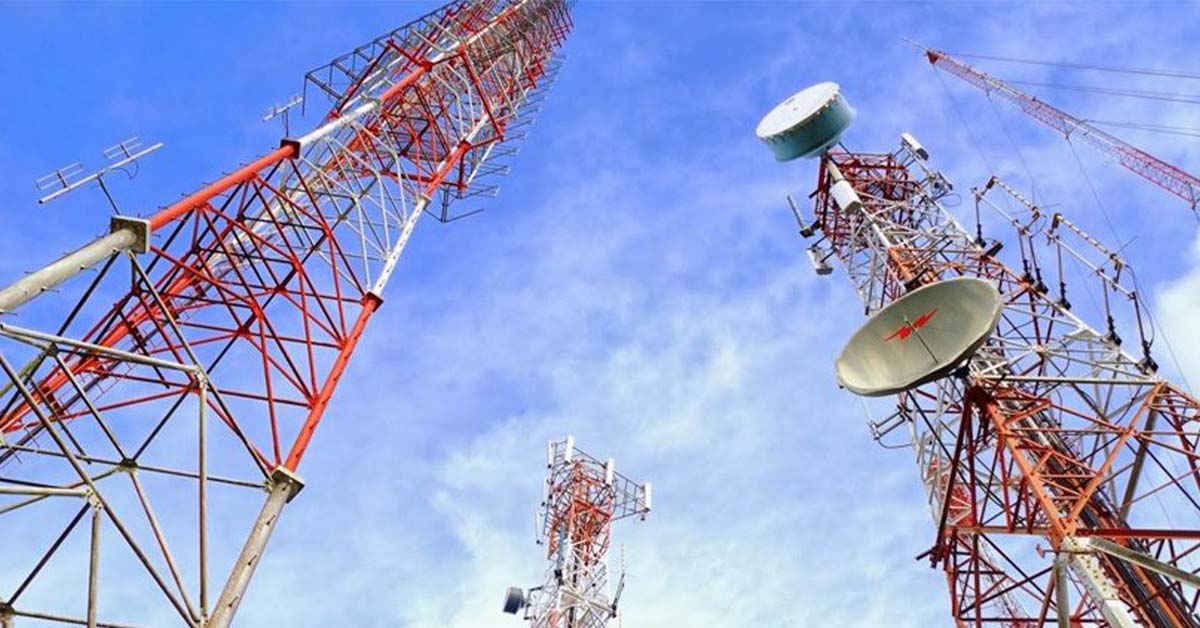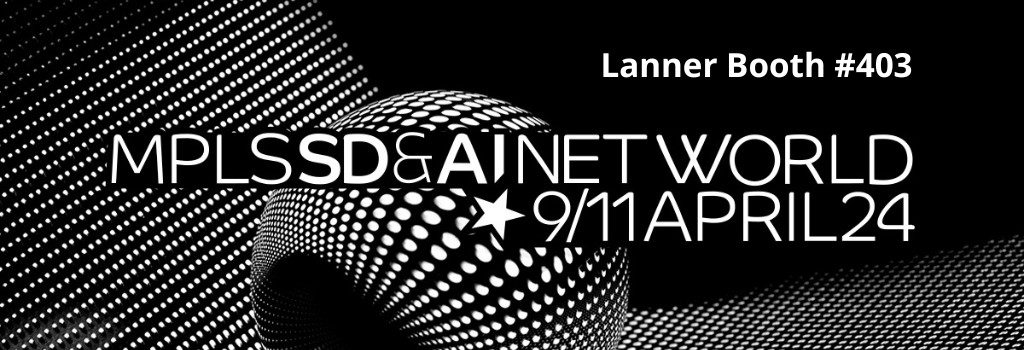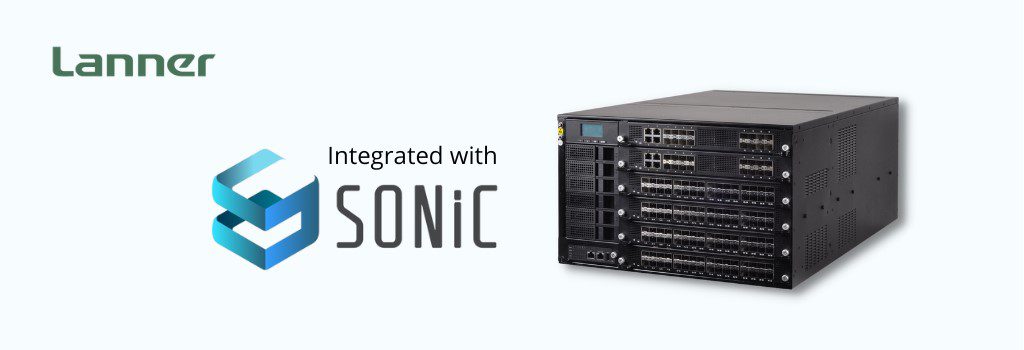The comparison between cellular technologies and Wi-Fi is not new. It started with 3G, and with each new generation of cellular technologies providing higher throughput, the discussion of whether cellular technology can replace Wi-Fi resurfaced again. 5G provides high throughputs, i.e., 20 times more data rate than 4G. While 5G mmWave can even provide better higher throughputs than 5G at a shorter distance.
Therefore, the emergence of 5G mmWave has re-initiated the discussion on whether it is a viable replacement for Wi-Fi?
However, the fact is that the Wi-Fi industry has, in parallel, been innovative and developing standards to keep it at par with the cellular standard providing higher throughputs and better performance. Wi-Fi 6/6E is an example of a new standard by IEEE that can provide gigabit throughputs with better performance.
So how does 5G mmWave compare with Wi-Fi 6 /6E?
We start with a small introduction about each technology before proceeding with comparing both. We contend that both technologies have their place. Neither of them can replace the other for specific use cases.
What is 5G mmWave?
5G we see today and deployed at a larger scale, operates in the Sub 6 GHz spectrum. Another 5G variant called 5G mmWave works in the high-frequency spectrum, i.e., runs from 24 GHz to 100 GHz.
Using high frequency allows it to provide higher bandwidth than Sub 6 GHz spectrum, but the downside of the high frequency is the limited reach of this technology, thus not suitable for deployment in macro applications.
Also, high frequency above 6 GHz is considered unsuitable for mobile communication due to high propagation loss and high probability of getting blocked by buildings. The high penetration loss and blocking means mmWave is suitable for indoor or outdoor but does not provide outdoor to indoor connectivity.
What is Wi-Fi 6/6E?
Wi-FI 6/6E is based on the IEEE 802.11ax standard. It offers four times more capacity and 75% lower latency than its predecessor, Wi-Fi 5. While Wi-Fi 6 and previous generations of Wi-Fi use 2.4 GHz and 5 GHz radio bands, Wi-Fi 6E added the support of the 6 GHz band. In addition, it supports fourteen 80 Mhz or seven 160 Mhz channels, thus providing twice as high bandwidth as the 5 GHz spectrum
Comparison of 5G mmWave and Wi-Fi 6/6E
An overview table of the comparison shows that both MmWave and Wi-Fi 6E support high data rates at a shorter distance of around 300 meters. Both use similar modulation, i.e., OFDMA (Orthogonal frequency-division multiple access), and take advantage of carrier aggregation to support higher bandwidth, but that is pretty much where the similarities end.
Moving forward, we discuss some of the differences
| Item | 5G mmWave | Wi-Fi 6/ 6E |
| Max Data Rate (theoretical) | 20 Gbps (dl)1
10 Gbps (ul)2 |
9.6 Gbps3 |
| Frequency | 24 to 100 GHz | 2.4 GHz, 5GHz, 6 GHz |
| Channel Bandwidth | Max 400 MHz | 20, 40, 80, 150 MHz |
| Modulation | OFDMA | OFDMA |
| Spectrum | Mostly Licensed | Unlicensed |
| Range | 100-300 meters | < 50 m indoor, 300 m outdoor |
| Carrier Aggregation | Yes | Yes |
| Deployment Approach | Controlled and Managed | Uncontrolled and mostly Unmanaged |
| Deployment Cost | High | Low |
Table: 5G mmWave vs. Wi-Fi 6/6E
Managed vs. Un Managed
Wi-Fi 6 uses unlicensed spectrum so anyone can deploy it. While this seems advantageous as it is readily available to anyone, it also means that performance can be impacted by neighbors who are using their network simultaneously.
5G, on the other hand, works primarily in a licensed spectrum and is managed by the 5G provider. The performance and coverage depend on how the operator has built the network.
Cost of Service
The cost of building out systems with Wi-Fi is different from 5G. 5G requires massive investment by the operator to build out cellular infrastructure and expand coverage. This also requires hefty license fees from the regulatory body (though there is also an unlicensed spectrum version for private applications).
The users pay the ultimate cost of the network through monthly or metered subscriptions.
Wi-Fi 6, on the other hand, is cost-effective. It does not need extensive coverage and uses an unlicensed spectrum. Thus Wi-Fi 6 is overall cheaper than 5G.
Network Slicing
Network Slicing is a key differentiation of 5G Mmwave. With the Network Slicing, the end-user can get a slice of the network in radio, transport, and core, thus off predictable QoS, latency, and performance. This opens up new use cases in 5G such as uRLLC (low latency) and critical applications, for example, remote surgery, autonomous vehicle, AR, VR, etc.
With Wi-FI 6E, the network slicing can be done using some QoS mechanisms, but an end-to-end network slicing is not standardized and orchestrated as in the case of 5G.
Use cases
MmWave is more suitable for WAN applications that require mobility.MmWave is often used in conjunction with Sub 6 GHz in dense urban areas that need high throughput. Good use cases for Mmwave are high-demand public spaces, stadiums, and shopping malls.
Wi-Fi 6 is more suitable for indoor use that does not require mobility, such as homes and offices. Given that Wi-Fi is already deployed in homes and offices and the clients support Wi-Fi only, it will be easy to transition to Wi-Fi 6 instead of MmWave.
So, which one is better? 5G mmWave or WiFI6
There is no winner here. Each technology has a place.
In terms of technical features, both new generations of cellular and Wi-Fi aim to provide better throughputs and user experience. 5G focuses on the high mobility of users, while Wi-Fi-6 remains a primary choice for high-capacity hot spots, which can be easily deployed but do not require high mobility.
Will MmWave replace Wi-Fi in homes and offices?
Perhaps not!
Since the office/ home appliances already work with Wi-Fi like PC, printers, televisions, and Washing machines and do not support direct 5G connectivity, there is no economic reason to transition to MmWave.
Abou Lanners Wi-Fi 6/ 5G mmWave ready uCPE Platform
Lanner is a leading manufacturer of white box and uCPE platforms for SDN, NFV, SD-WAN, Open RAN, and core applications. It operates in the US through its subsidiary, Whitebox Solutions (www.whiteboxsolution.com).
Lanner provides a variety of uCPE variants for SD-WAN applications. NCA-1516 is one such platform that supports Wi-Fi 6 and 5G mmWave for versatile connectivity across Wi-Fi and cellular technologies. It supports multiple features like
- WiFi 6/5G ready (Cellular network support for both mmWave and Sub 6 GHz): Wireless connectivity with Multiple M.2 and Mini-PCIe expansion slots.
- Dual 10GbE SFP+ uplink ports and dual optional PoE+ and
- Native Intel QuickAccess Technology for cryptographic acceleration.
References:








